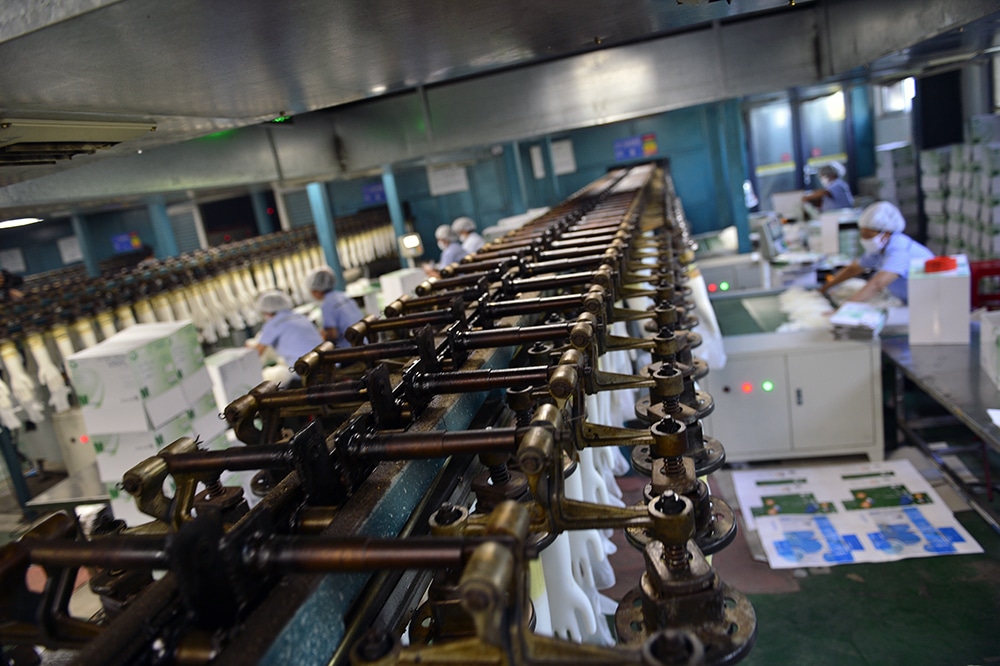First of four parts
In a unique way, the disposable glove market continues to work through an interesting set of circumstances initiated by the pandemic. The devil is always in the details and involves looking at operational factors beyond simple price comparisons.














